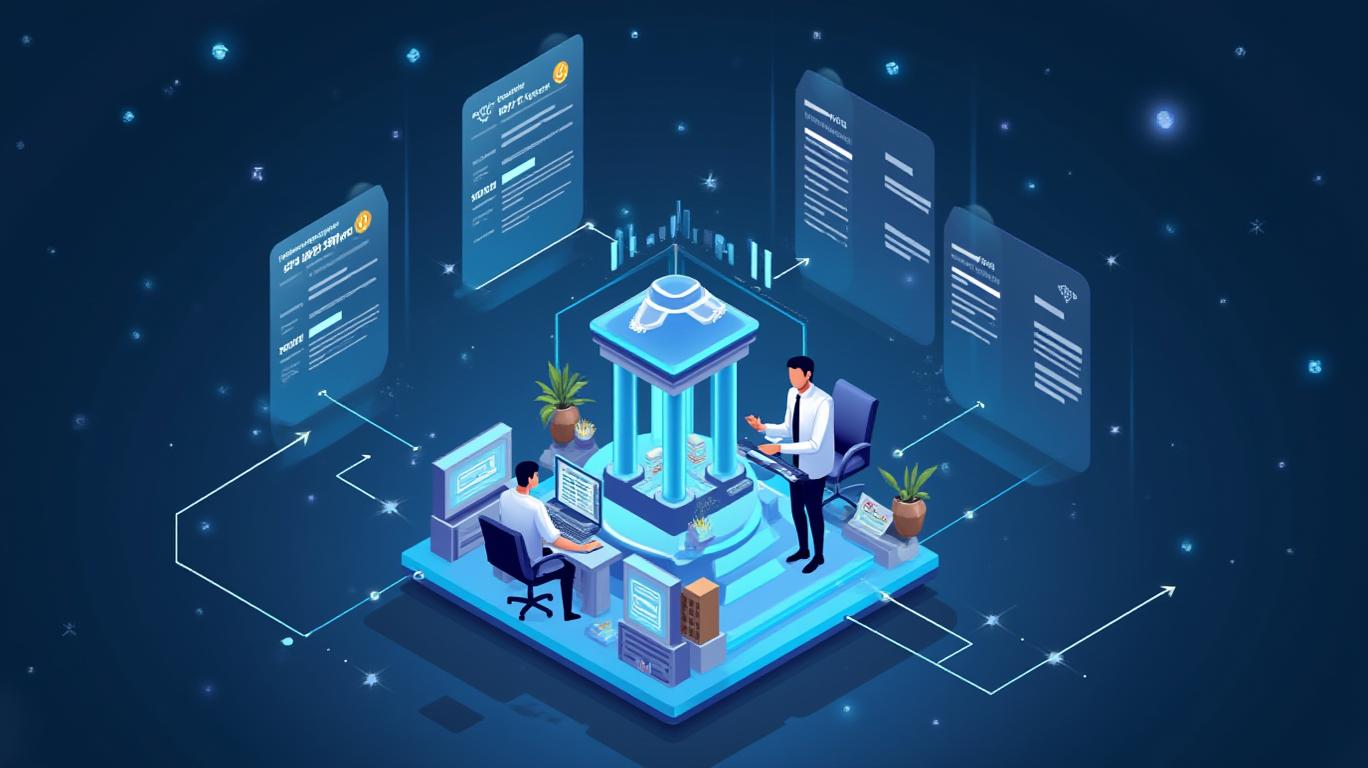XRP News Today: XRP's Tokenization Potential Outshines Payments for Value Growth
All Things XRP, a prominent account on Twitter, has reignited the discussion on the potential of XRP, focusing on whether cross-border payments or real-world asset tokenization holds more transformative potential for the cryptocurrency.
XRP has long been recognized for its role in payments infrastructure, particularly as a faster and more cost-effective alternative to traditional systems like SWIFT. According to All Things XRP, XRP transactions settle in approximately three seconds and cost roughly 90% less than SWIFT-based transfers. Additionally, XRP eliminates the need for pre-funded accounts, enhancing capital efficiency in cross-border money movement. However, the tweet argues that this payment use case leads primarily to a “steady burn” of XRP, implying a gradual and predictable demand curve. While effective for long-term utility, this model lacks the immediate supply constraints that could drive significant upward price momentum.
In contrast, the tweet identifies tokenization as the more powerful catalyst for XRP’s value. Citing a projected $19 trillion market for tokenized real-world assets, All Things XRP notes that the XRP Ledger (XRPL) is built to support this evolution. The ledger can facilitate the tokenization of various asset classes, including real estate, bonds, and other tangible commodities. These processes rely on XRPL functionality, which incurs fees and requires liquidity in XRP, thereby directly tying the asset to the utility infrastructure.
The key differentiator lies in the supply mechanics introduced by tokenization. Unlike payments, which merely consume XRP through transaction fees, tokenization introduces the concept of XRP being locked into smart contracts or escrow-like structures to provide liquidity and facilitate trading of tokenized assets. This form of supply restriction creates what All Things XRP calls “real supply pressure.” As more XRP becomes unavailable for general circulation, the reduced supply could create upward price pressure, particularly if demand accelerates alongside broader tokenization adoption.
This viewpoint aligns with comments made earlier this year by David Schwartz, Ripple’s Chief Technology Officer and one of the architects of the XRP Ledger. In a February 13th article covering Ripple’s “Crypto in a Minute” educational series, Schwartz explained that tokenization streamlines transactions and ownership processes. He pointed to real estate as a prime example, noting that converting property titles into digital tokens allows for more efficient asset management and fractional ownership. Schwartz also highlighted simplified ownership verification and enhanced collateralization as additional benefits of tokenization.
Ask Aime: What's behind XRP's sudden surge in value?
By reducing paperwork and transactional friction, tokenization improves transparency and opens new markets that can directly engage with blockchain infrastructure. These features increase the demand for systems that utilize XRP for transaction fees and liquidity provisioning. While XRP’s strength in payments remains a proven utility, the tweet by All Things XRP presents a compelling case for tokenization as the mechanism with greater potential to affect XRP’s valuation. The claim is straightforward: tokenization doesn’t just use XRP—it locks it. This alters the fundamental dynamics of supply and demand.











